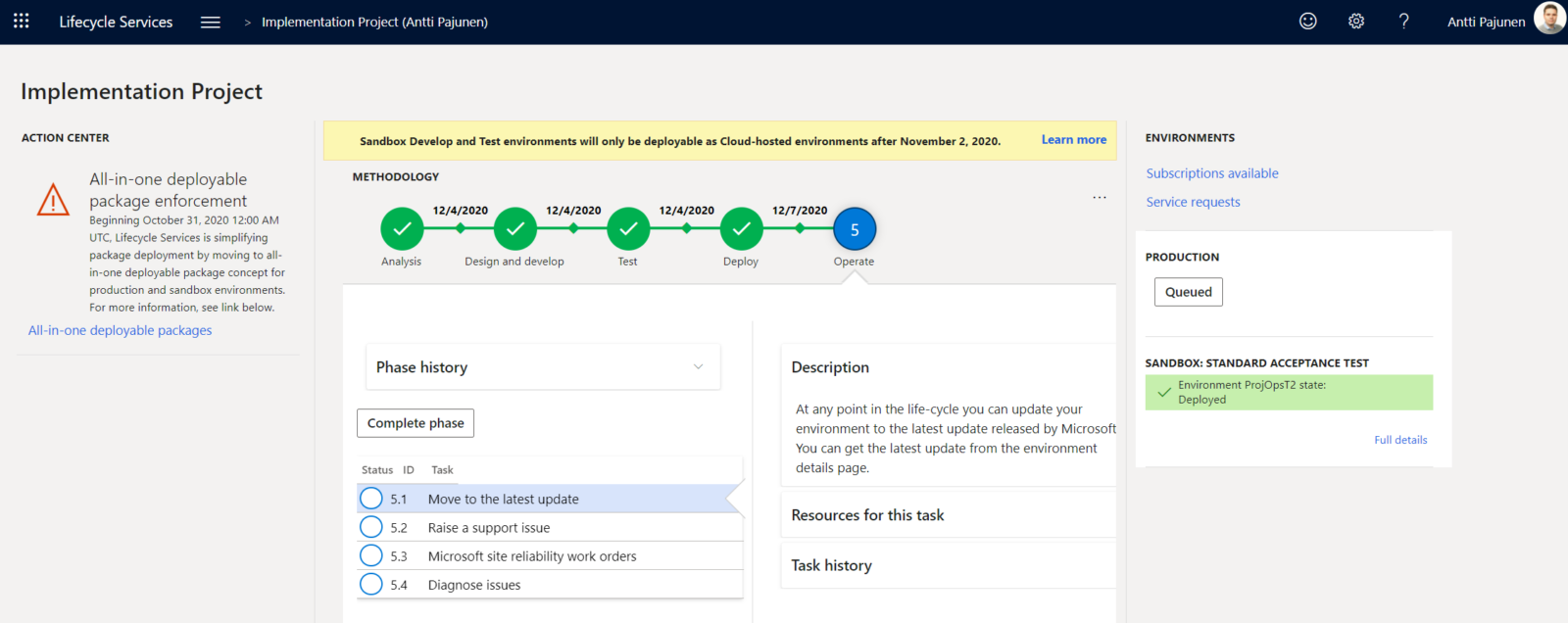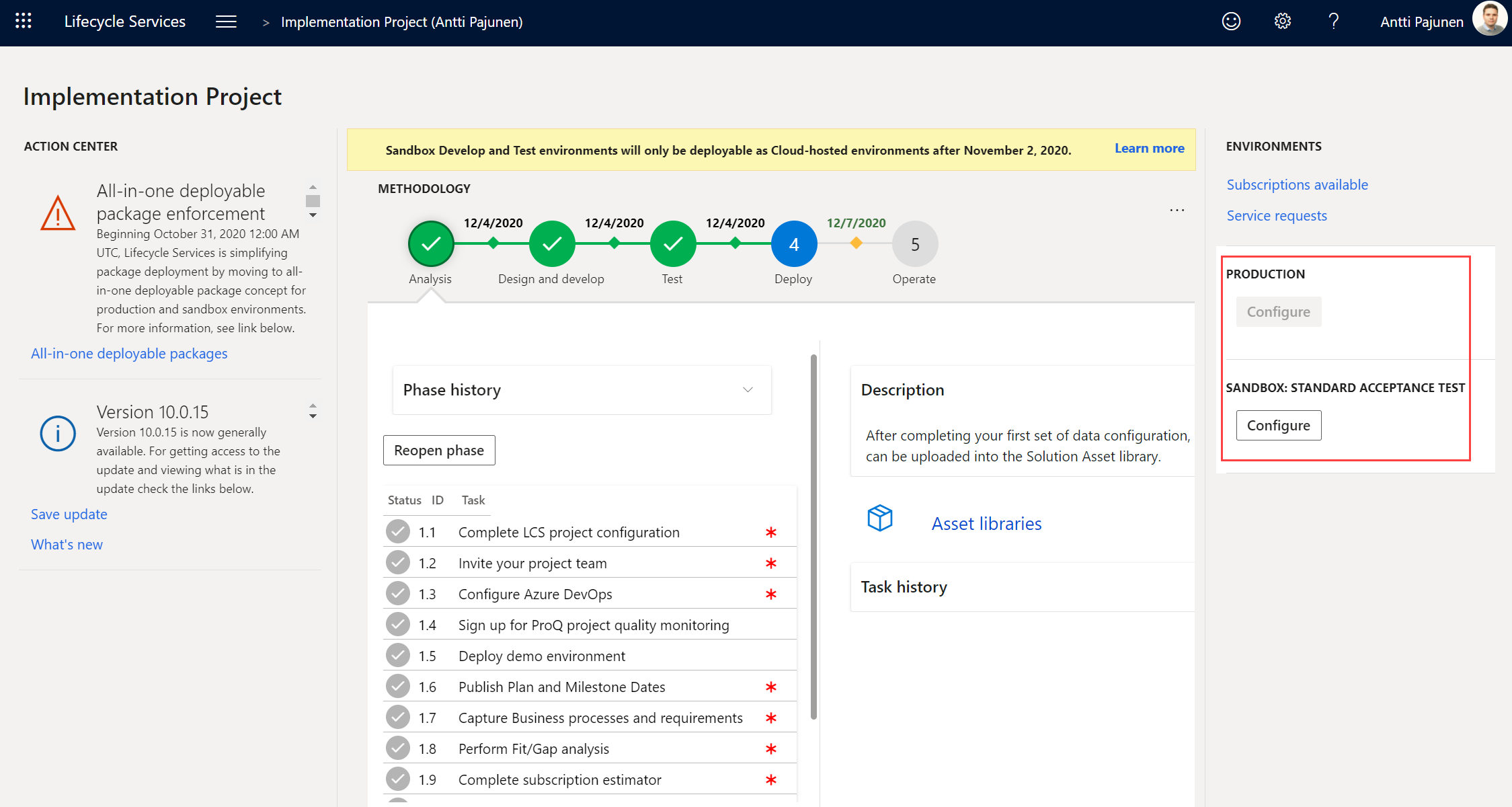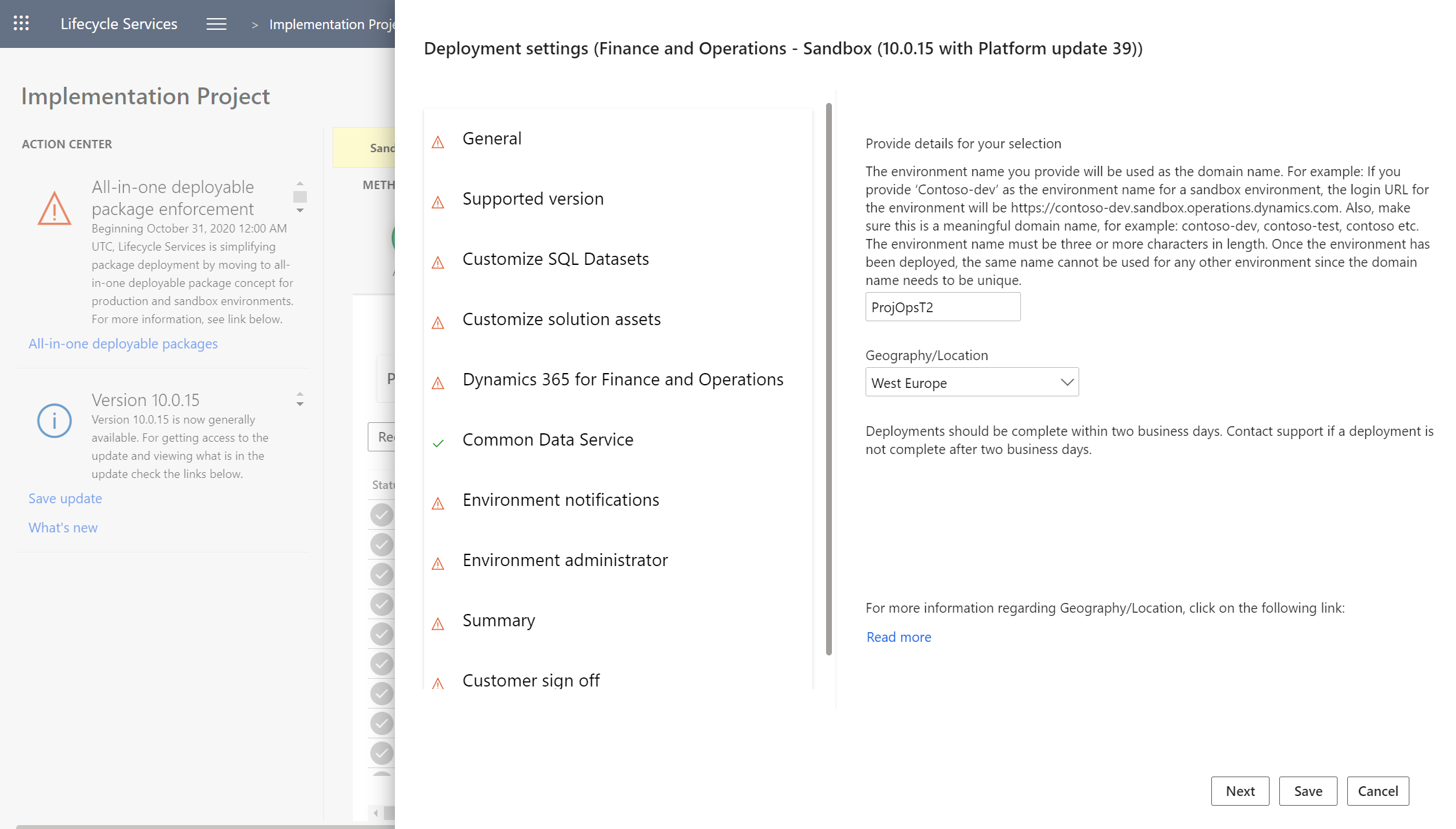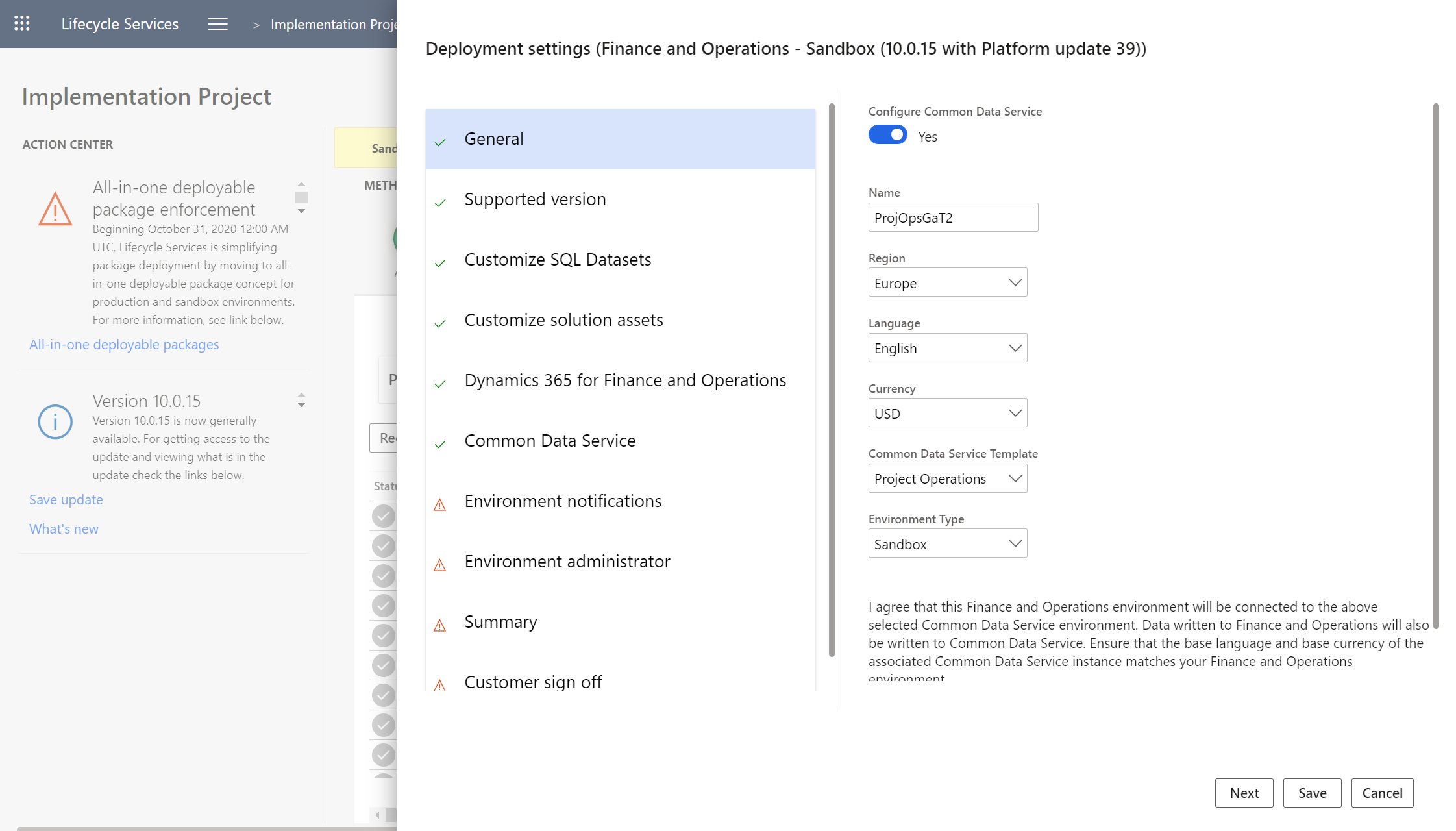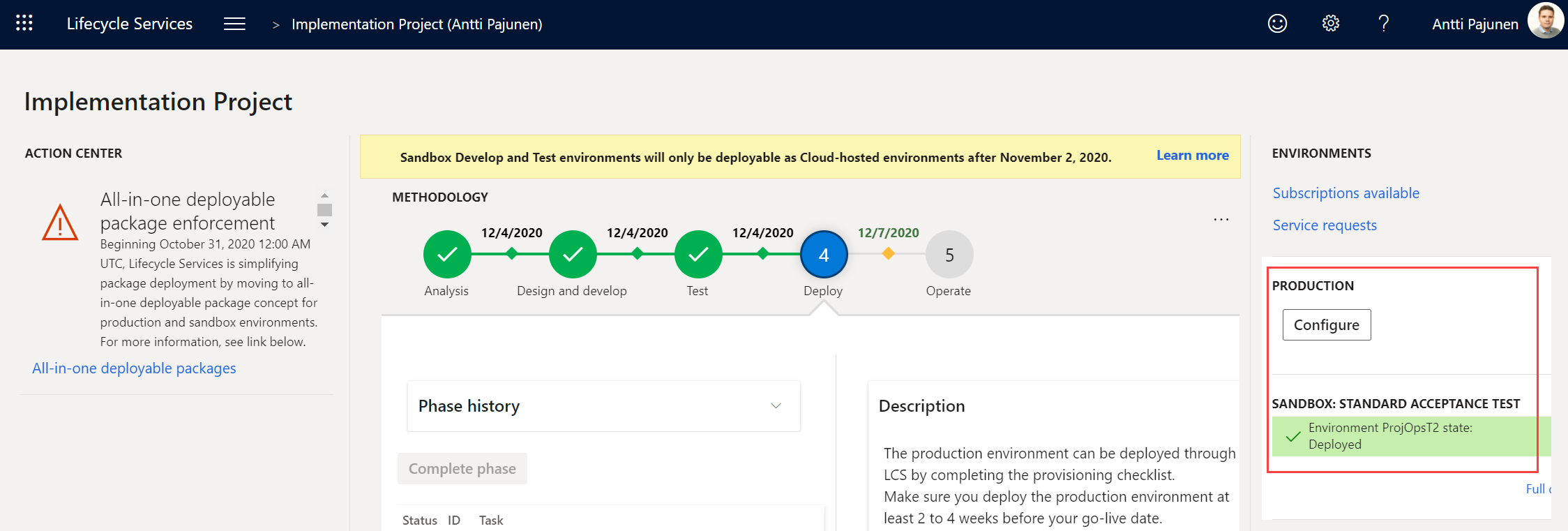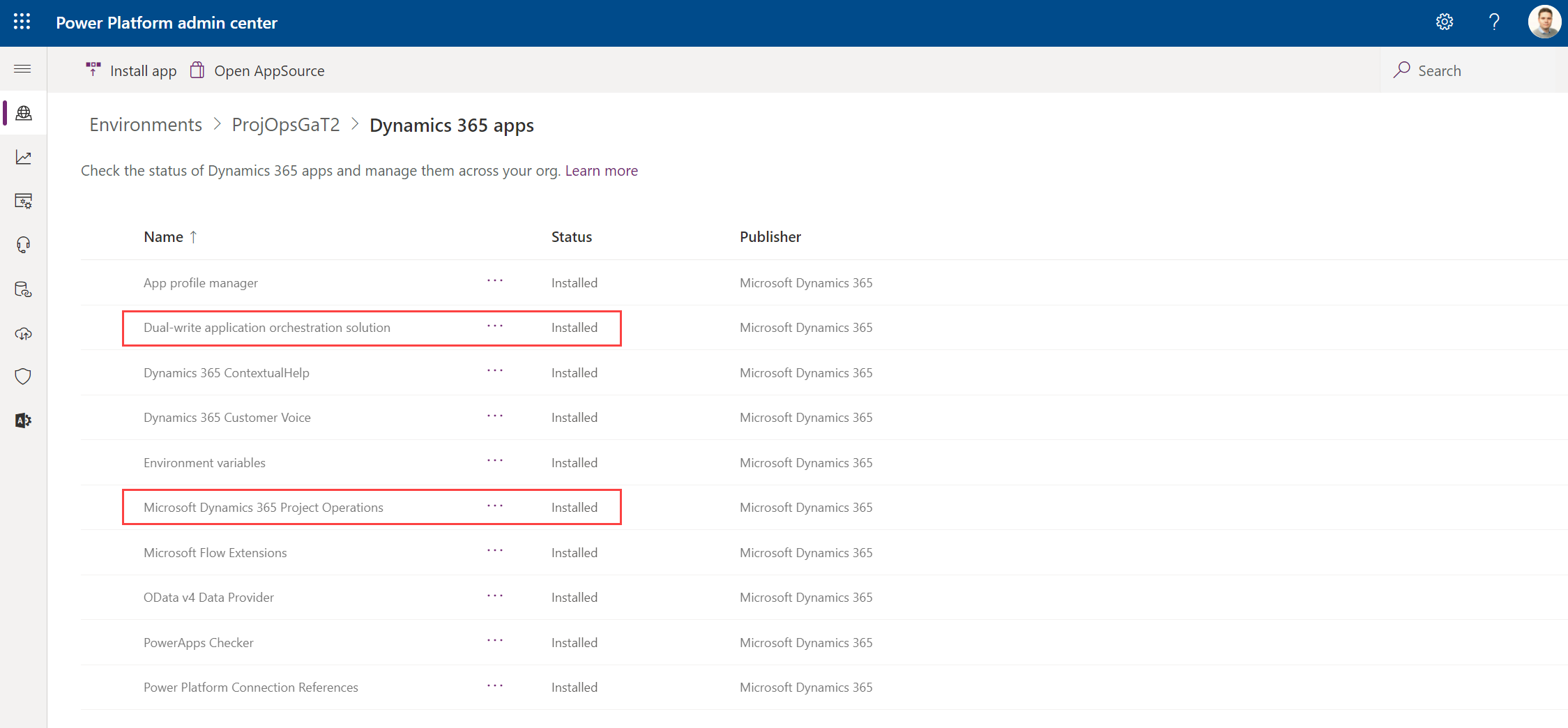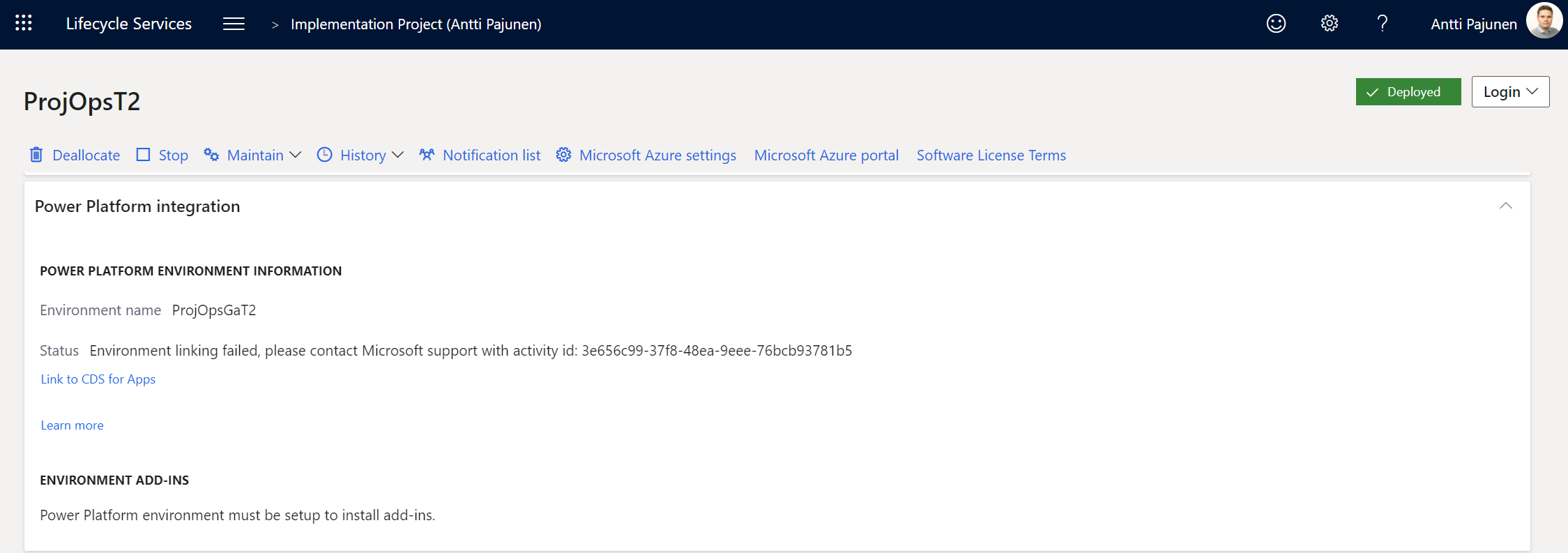In part I we deployed a Cloud-hosted T1 F&O with Dataverse. In part II, we’re going to deploy F&O as a Microsoft Managed T2 sandbox for UAT with Dataverse. But what does Microsoft Managed mean? A Docs article states that : “A Microsoft subscription means that the customer purchases Finance and Operations licenses, which will then allow them to deploy environments to an Azure subscription which is managed by Microsoft, therefore, the customer has no separate Azure billing.“
Another deployment option is Self-service deployment. Eventually all LCS projects will be migrated from IaaS (Microsoft Managed) to Self-service. As I’m writing this blog post my LCS project is still in IaaS. When it is eventually migrated to Self-service, all environments that are Tier-2 and greater will be deployed as Self-service.
LCS has a structured Project onboarding process that has to be completed before environments can be deployed. This process and any deployment prerequisites are not covered in this blog post. Read more about Project onboarding on Docs.
Deploying a T2 F&O Sandbox Standard Acceptance test environment and Dataverse
When the Project onboarding process and methodology related phases have been completed, a T2 sandbox for UAT can be deployed. It’s worth mentioning that this is a required step before a production environment can be deployed. Before a sandbox deployment is initiated, the Configure button for a production environment is grayed out in an LCS project.
T2 F&O sandbox deployment process
The deployment of a T2 sandbox is a lot like the deployment of a T1 dev environment covered in part I. There are a couple of important considerations to make. For this example, F&O is deployed in Western Europe. The database will be a demo DB as I’m primarily using F&O for community demos and I don’t want to set everything up from scratch. As of 10.0.14, ProjOps demo data has been included in the base F&O demo data. Dataverse is configured and deployed the same way it was done in part I. After running through the deployment wizard and signing off, the environment is queued for deployment. Deployment can take anywhere from approximately a business day to several days. My previous one took four days as I was running it over Christmas. Self-service should drastically decrease wait times and deployments should be significantly faster.
Linking F&O to Dataverse
When deployment is complete, the LCS project will display the environment as deployed. At this point, it’s also possible to deploy a production environment, as long as all methodology-related phases have been completed in the LCS project. The deployment process of a production environment is the same as of a T2 sandbox.
Next, successful deployment of a Dataverse environment is verified. The environment URL will have a random orgBlaBlaBla URL so changing this to reflect your organization is recommended. The change to the URL will take a minute or two to complete. The random URL can of course be kept if desired so changing it isn’t mandatory.
Before F&O and Dataverse are linked, it’s a good idea to verify that the required solutions Dual-write application orchestration solution, and Microsoft Dynamics 365 Project Operations have been installed. All installed solutions can be found by navigating to Resources -> Dynamics 365 apps from the ribbon when the environment details are open (see image above). As mentioned in part I, the Dual-write core solution doesn’t need to be installed separately as it’s required components are included in the orchestration solution.
Next, it’s time to link the environments. It’s recommended to apply any quality updates that exist for the given build after the F&O environment is deployed, however this is optional. Applying quality updates is described on Docs here. When I attempted to link the environments from LCS I ran into the same issue as I did part I. An error was displayed and I had to link the environments manually from F&O. As this process is exactly the same that has already been covered in part I, I won’t cover it here again.
Before Dual Write maps are run, it’s important to remember to refresh data entities in F&O and update security roles in Dataverse. Those steps are covered in a Docs article found here. After all the prerequisites described in the Docs article are done, the final step is to deploy demo data in Dataverse. This concludes part II of deploying Dataverse and F&O in Project Operations for resource/non-stocked scenarios. Deploying a production environment is an exact rinse and repeat of what was cover in this blog post so when you need to deploy one, you can follow the steps in this post.

